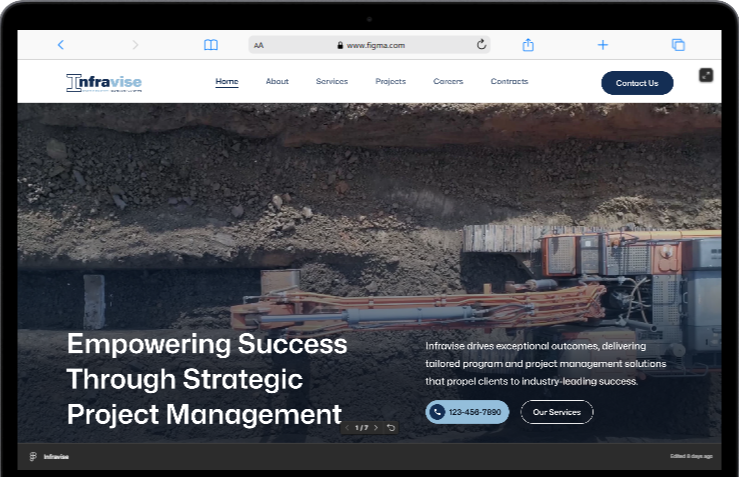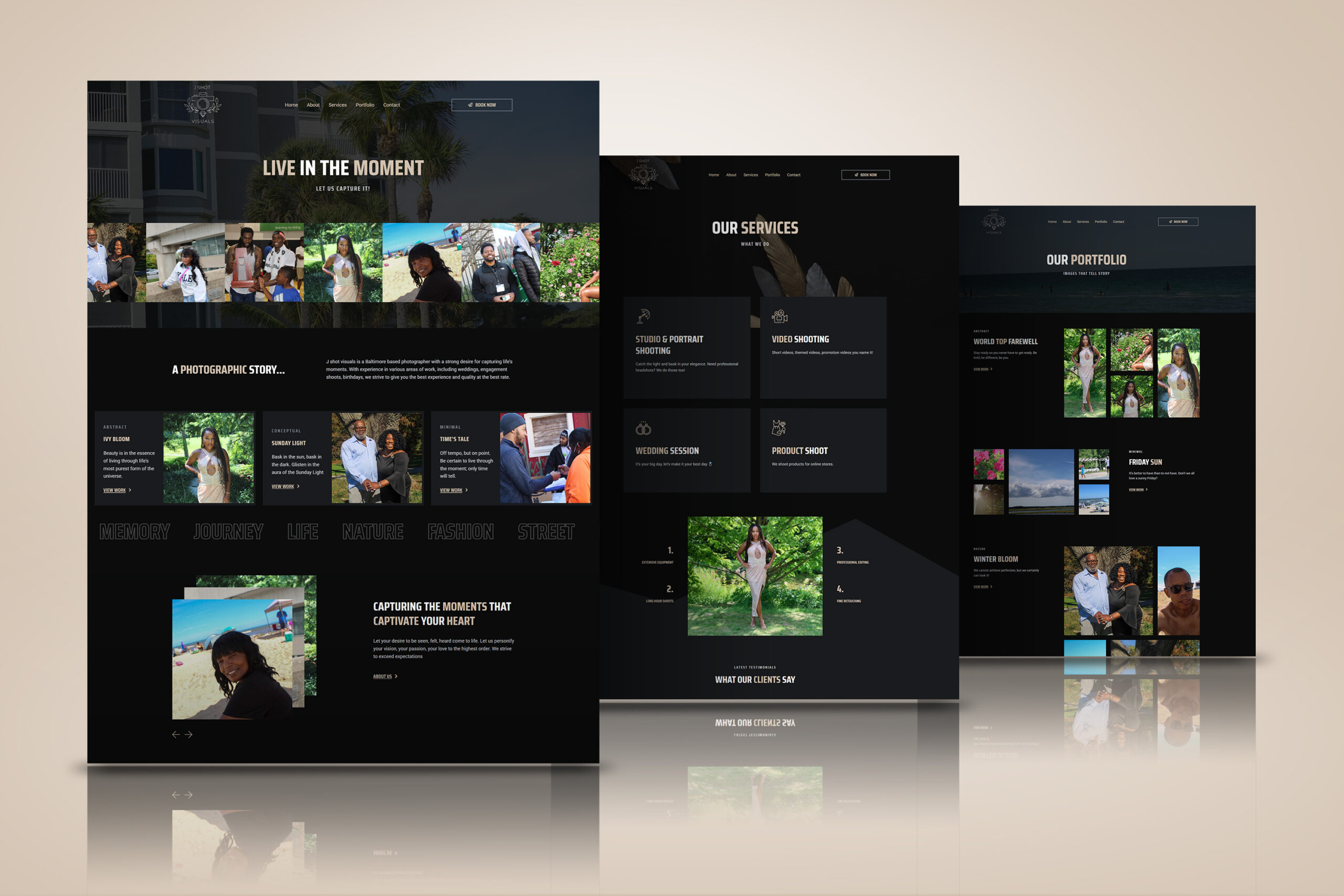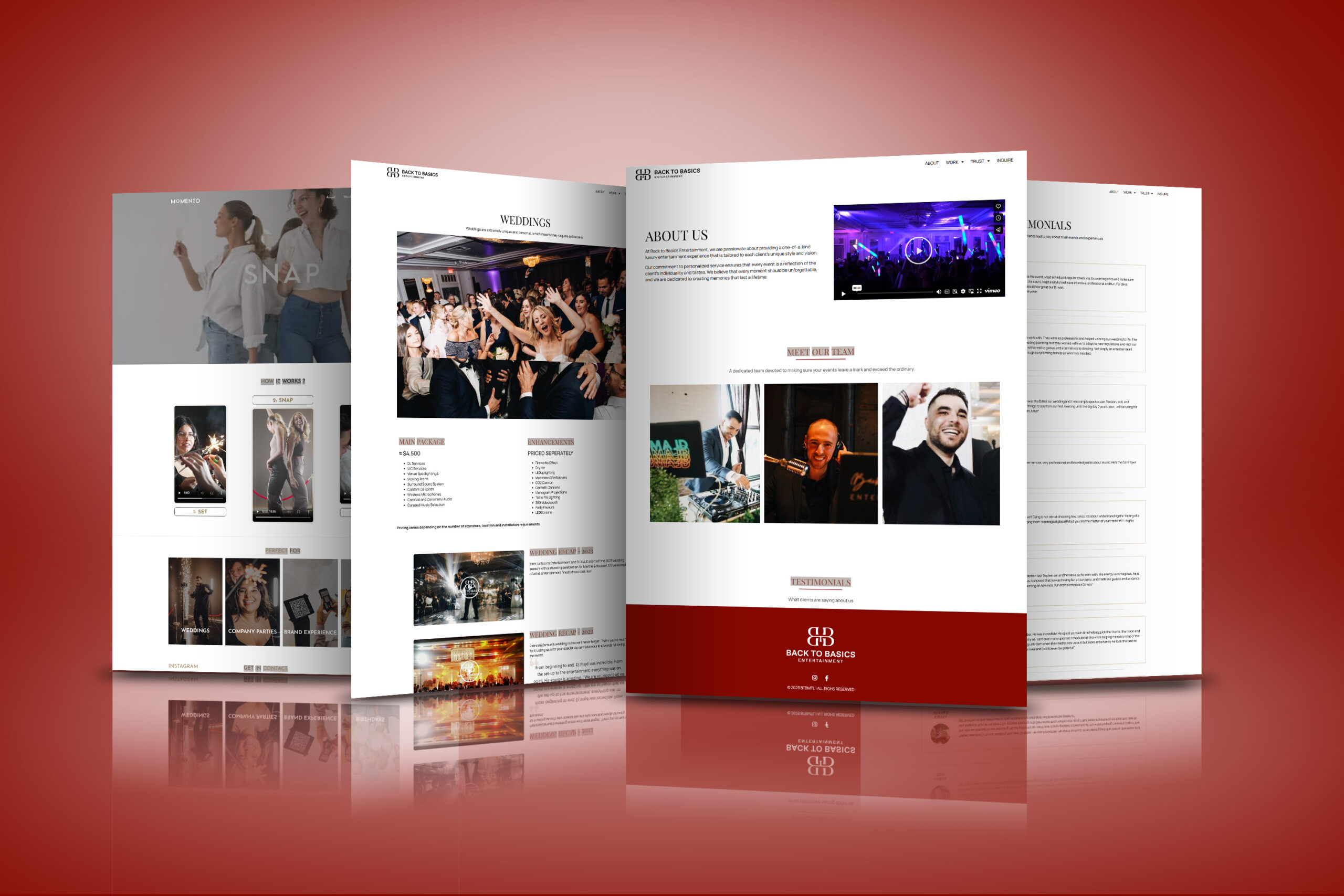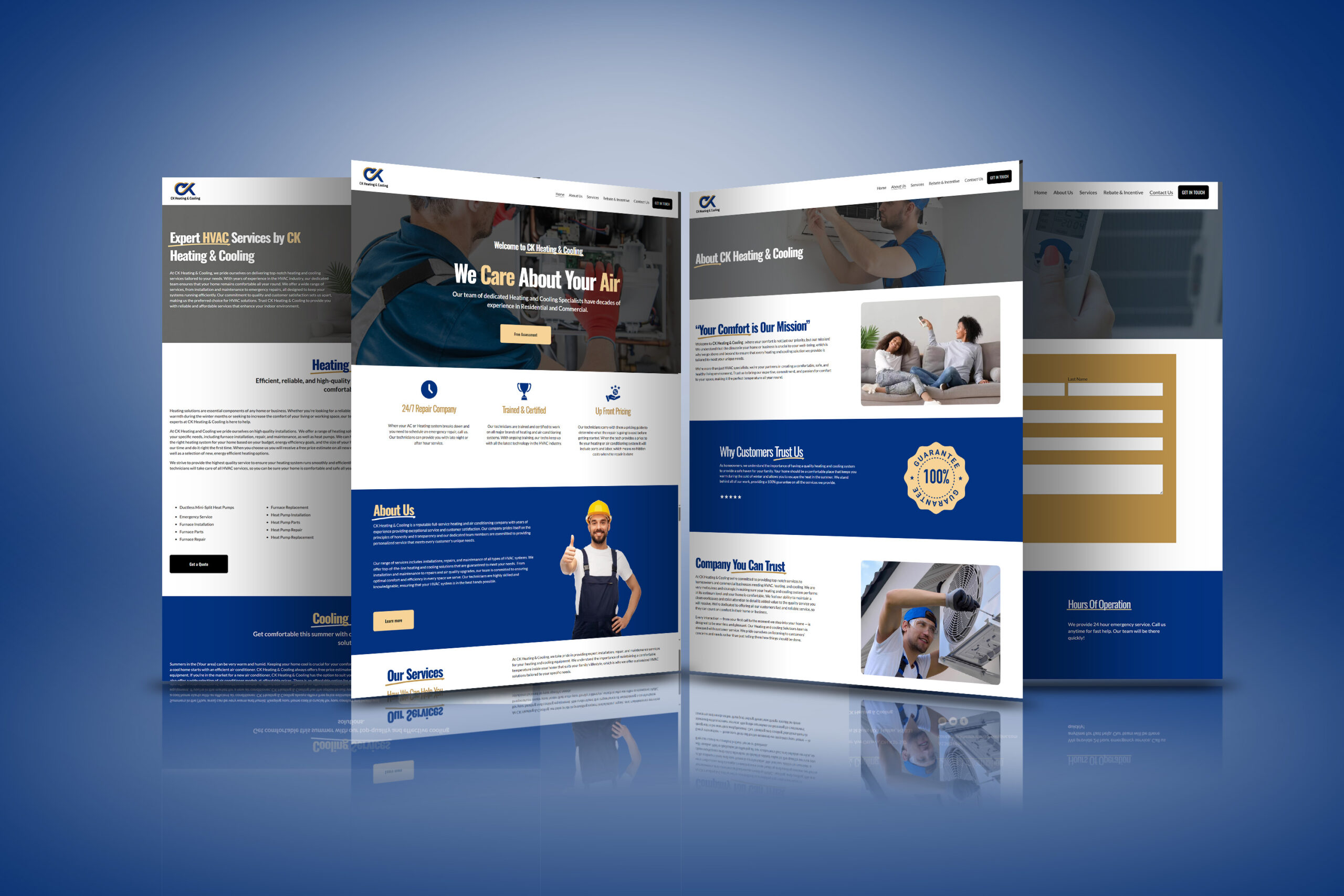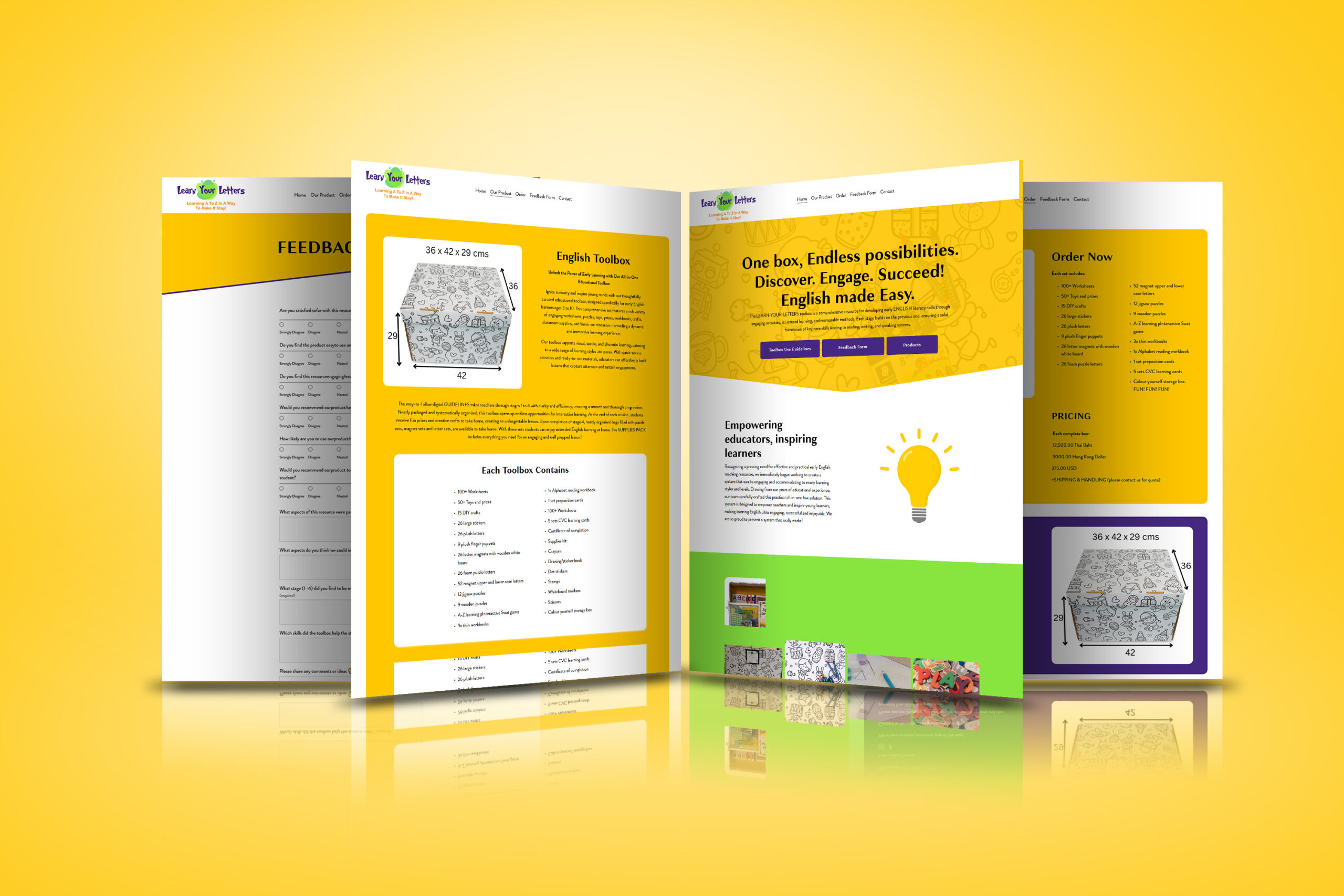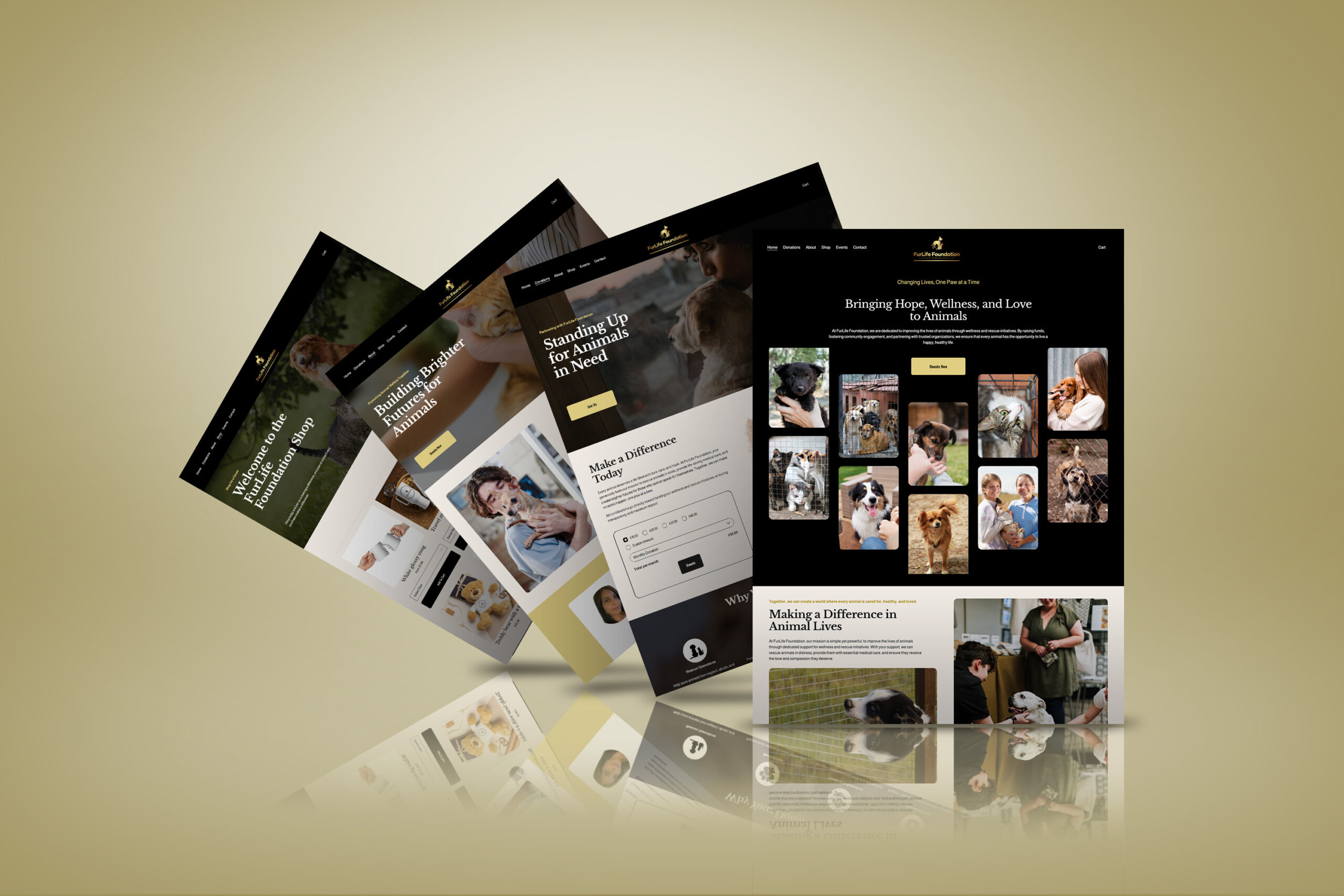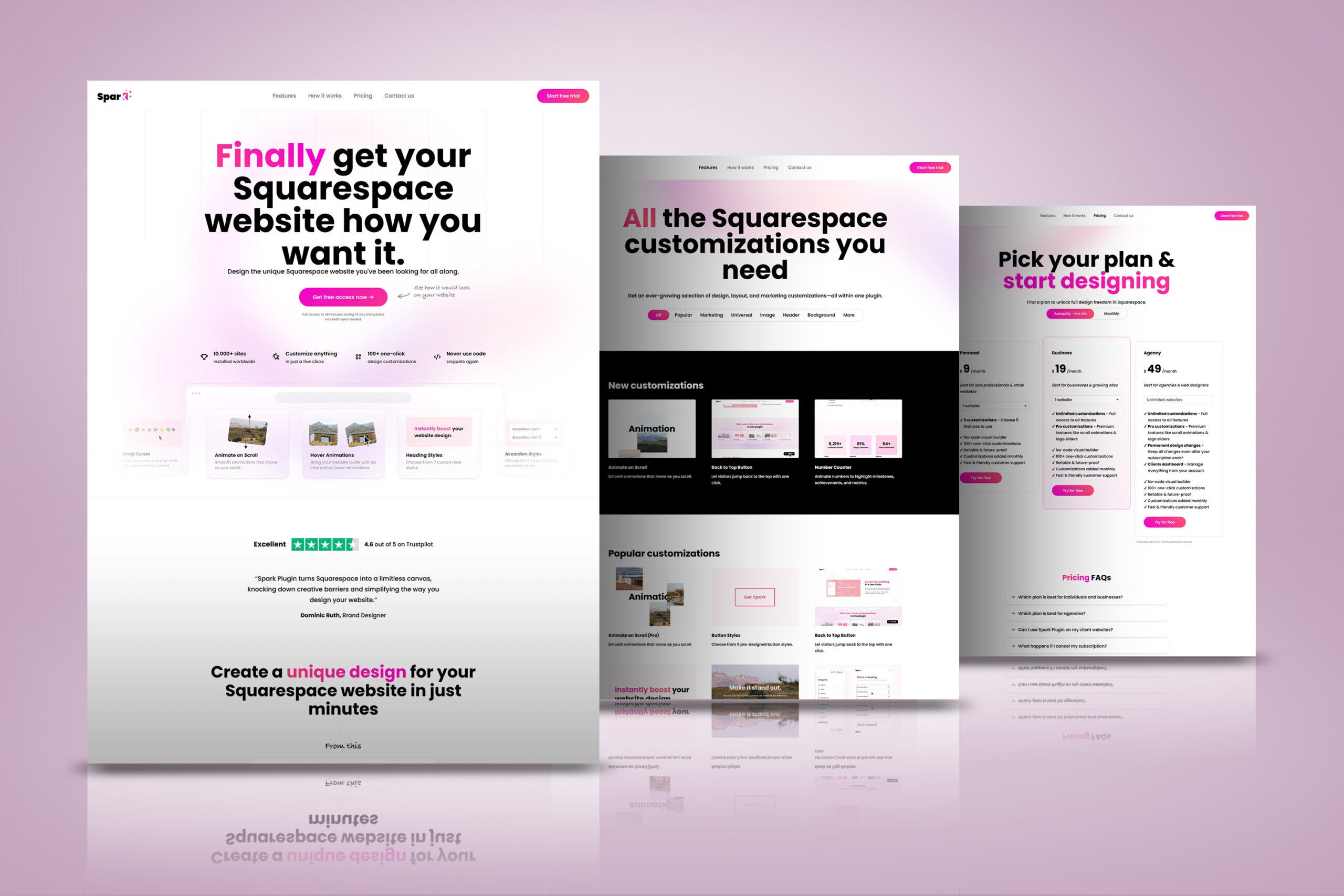Introduction
With mobile users dominating web traffic and multi-channel experiences becoming the norm, modern CMS platforms must prioritize mobile optimization and seamless content delivery across multiple devices. In this guide, we’ll explore the significance of mobile-friendly CMS, multi-channel content strategies, and best practices for ensuring an exceptional user experience in 2025.
1. The Importance of Mobile Optimization in CMS
🔹 Why Mobile Optimization Matters
- Over 60% of global web traffic comes from mobile devices.
- Google prioritizes mobile-first indexing, impacting SEO rankings.
- Poor mobile experiences lead to higher bounce rates and lower engagement.
- Mobile commerce (mCommerce) is rapidly growing, requiring optimized CMS solutions.
🔹 Key Mobile Optimization Features in CMS
✅ Responsive Design: Ensures websites adapt to different screen sizes.
✅ Accelerated Mobile Pages (AMP): Speeds up mobile page loading.
✅ Progressive Web Apps (PWA): Enhances mobile performance with app-like functionality.
✅ Mobile-Friendly UI/UX: Optimized menus, buttons, and navigation for touchscreens.
✅ Lazy Loading & Image Compression: Improves loading speed and user experience.
2. Multi-Channel Content Delivery: Expanding Reach Beyond Websites
🔹 What is Multi-Channel Content Delivery?
Multi-channel content delivery allows CMS platforms to distribute content across various touchpoints beyond traditional websites, including:
- Mobile Apps (iOS, Android)
- Voice Assistants (Alexa, Google Assistant)
- Smart TVs & IoT Devices
- Social Media Platforms
- Email & Messaging Apps
🔹 Why Multi-Channel CMS is Essential in 2025
✔ Enhances brand visibility across multiple platforms.
✔ Improves user engagement by delivering content where users spend time.
✔ Boosts SEO with structured data and voice search optimization.
✔ Ensures content consistency across different channels.
3. Best CMS Platforms for Mobile Optimization & Multi-Channel Content Delivery
| CMS Platform | Mobile Optimization Features | Multi-Channel Capabilities |
|---|---|---|
| WordPress | Mobile-responsive themes, AMP support | Integrations with mobile apps, social media, and email marketing |
| Webflow | Visual design for mobile-first sites, custom breakpoints | API-based multi-channel distribution |
| Contentful (Headless CMS) | Mobile-friendly API structure, PWA support | Omnichannel content delivery |
| Drupal | Mobile-first themes, robust caching | Headless support for multi-device content |
| Strapi | Native API architecture, scalable performance | Seamless content distribution via REST & GraphQL |
4. Implementing Mobile Optimization & Multi-Channel Delivery in CMS
🔹 Steps for Mobile Optimization
1️⃣ Use a Responsive Theme: Ensure your CMS supports flexible design.
2️⃣ Optimize Images & Media: Compress files for faster loading times.
3️⃣ Enable Mobile Caching: Speed up page performance with optimized caching.
4️⃣ Implement PWA Features: Offer an app-like experience via the web.
5️⃣ Test Mobile Performance: Use tools like Google PageSpeed Insights.
🔹 Steps for Multi-Channel Content Distribution
1️⃣ Adopt a Headless CMS: Enable content distribution through APIs.
2️⃣ Structure Content Properly: Use JSON, XML, and GraphQL for easy adaptation.
3️⃣ Leverage AI & Automation: Personalize content dynamically for each channel.
4️⃣ Optimize for Voice Search: Use conversational keywords for smart assistants.
5️⃣ Monitor Analytics: Track content engagement across all platforms.
Conclusion
In 2025, mobile optimization and multi-channel delivery are non-negotiable for digital success. CMS platforms must ensure fast, mobile-friendly experiences while enabling content distribution across diverse platforms. Whether you’re leveraging WordPress, Webflow, or a headless CMS like Contentful, prioritizing these strategies will keep you ahead in the digital landscape.
🚀 Need help optimizing your CMS? Ali DevSolutions is here to assist!



